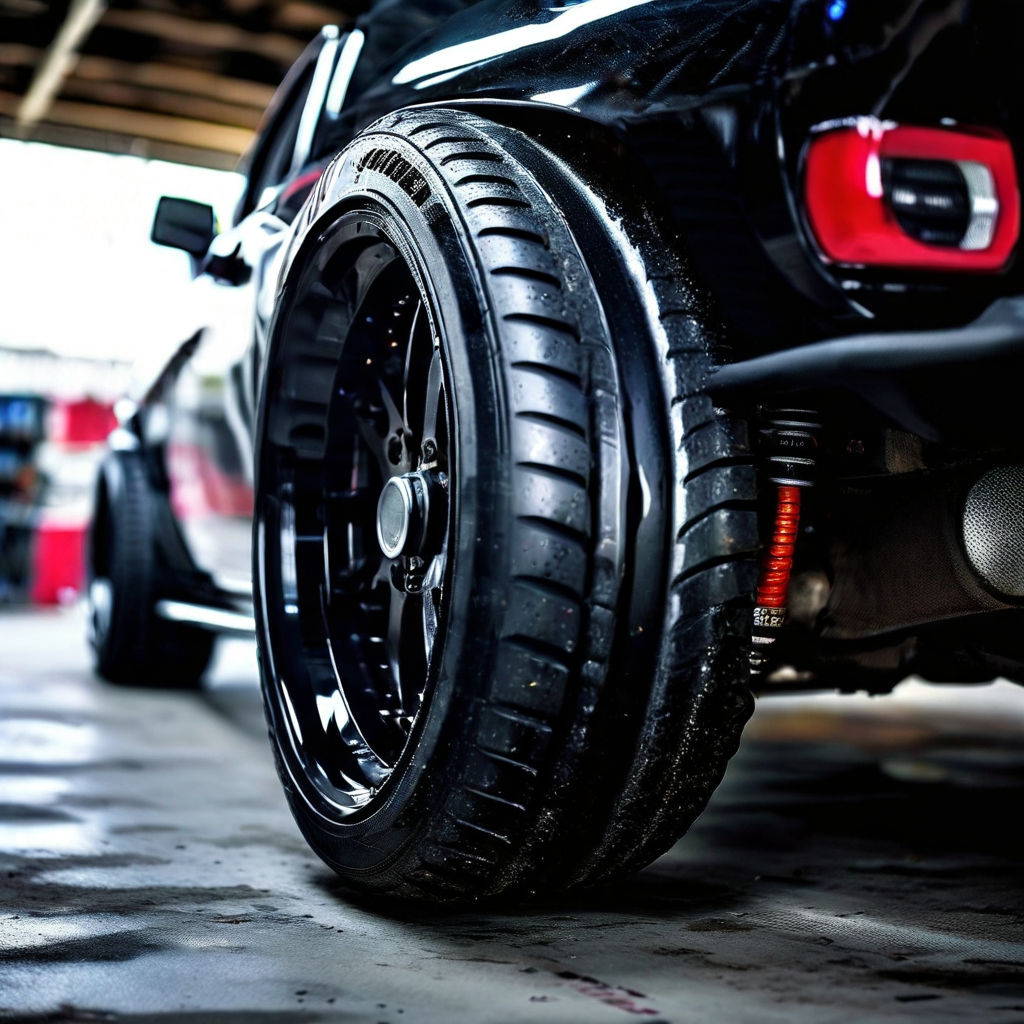
Upgrading your car’s suspension system can significantly enhance driving performance, safety, and comfort. Whether you’re looking to improve handling, increase ride quality, or adapt your vehicle for specific driving conditions, understanding the various suspension upgrades available can help you make informed decisions. This guide will explore the types of suspension upgrades, their benefits, and considerations for selecting the right components for your vehicle.
1. Understanding Suspension Upgrades
Suspension upgrades involve replacing or modifying various components of your vehicle’s suspension system to improve its performance. The suspension system is responsible for maintaining vehicle stability, ride comfort, and handling characteristics by connecting the car’s body to its wheels.
1.1. Types of Suspension Systems
- MacPherson Strut: Common in front-wheel-drive vehicles, this system combines a strut and spring in a single unit, providing compact design and good ride quality.
- Double Wishbone: Often used in high-performance vehicles, this system features two arms (wishbones) that allow for better handling and alignment adjustments.
- Multi-Link: This system provides multiple points of contact between the suspension and the vehicle’s body, offering superior handling and ride comfort.
2. Popular Suspension Upgrades
2.1. Performance Shock Absorbers
What They Are: Shock absorbers control the movement of the springs and help keep the tires in contact with the road. Performance shock absorbers are designed to provide improved handling and ride quality.
Benefits: Enhanced stability during cornering, reduced body roll, and better control over rough surfaces.
Considerations: Choose shock absorbers that match your driving style and vehicle type, whether it's for daily driving, off-roading, or track use.
2.2. Coilover Kits
What They Are: Coilovers combine the spring and shock absorber into a single adjustable unit, allowing for height and damping adjustments.
Benefits: Customizable ride height and stiffness, improved handling, and the ability to fine-tune the suspension for different driving conditions.
Considerations: Installation can be complex, and proper alignment is crucial after installation. Coilovers are ideal for enthusiasts looking to optimize performance.
2.3. Sway Bars
What They Are: Sway bars (anti-roll bars) reduce body roll during cornering by connecting the left and right sides of the suspension.
Benefits: Increased handling stability, reduced understeer or oversteer, and improved cornering performance.
Considerations: Larger sway bars can lead to a stiffer ride. Balance the size of the sway bars with your desired handling characteristics.
2.4. Lowering Springs
What They Are: Lowering springs reduce the ride height of the vehicle, which can improve handling and aesthetics.
Benefits: Lower center of gravity, improved handling, and a sportier appearance.
Considerations: Lowering springs can impact ride quality and may require adjustments to the alignment. Ensure compatibility with your existing suspension components.
2.5. Air Suspension Kits
What They Are: Air suspension systems use air bags instead of traditional springs, allowing for adjustable ride height and comfort.
Benefits: Adjustable ride height, improved ride quality, and the ability to raise or lower the vehicle as needed.
Considerations: Air suspension systems are more expensive and may require regular maintenance. They are suitable for vehicles that need versatility in ride height and comfort.
3. Choosing the Right Suspension Upgrades
3.1. Define Your Goals
- Performance: If you’re looking for better handling and responsiveness, focus on performance shock absorbers, sway bars, and coilover kits.
- Comfort: For improved ride quality and comfort, consider upgrading to high-quality shock absorbers, air suspension kits, or softer springs.
- Appearance: If you want a sportier look, lowering springs or coilovers can give your vehicle a more aggressive stance.
3.2. Consider Compatibility
- Vehicle Type: Ensure that the suspension upgrades are compatible with your vehicle’s make and model. Some upgrades are specific to certain types of vehicles.
- Driving Conditions: Choose upgrades based on your typical driving conditions, such as city driving, highway cruising, or off-roading.
3.3. Professional Installation
- Expert Help: Suspension upgrades often require precise installation and alignment. It’s advisable to have these components installed by a professional to ensure optimal performance and safety.
- Alignment: After installing suspension upgrades, a professional alignment is crucial to ensure proper handling and tire wear.
4. Maintenance and Care
4.1. Regular Inspections
- Check for Wear: Periodically inspect suspension components for signs of wear or damage, such as leaks, noise, or handling issues.
- Maintain Alignment: Regularly check and adjust the alignment to prevent uneven tire wear and ensure proper handling.
4.2. Follow Manufacturer Recommendations
- Service Intervals: Adhere to the manufacturer’s recommendations for maintenance and service intervals of your suspension components.
4.3. Address Issues Promptly
- Repair Leaks: If you notice any leaks or unusual noises, address them promptly to prevent further damage and maintain performance.
5. Conclusion
Upgrading your car’s suspension system can dramatically improve performance, handling, and comfort. By understanding the various types of suspension upgrades and their benefits, you can make informed decisions to enhance your driving experience. Whether you’re looking for performance improvements, comfort enhancements, or a sportier appearance, selecting the right suspension components and ensuring proper installation will help you achieve your goals and enjoy a better ride.
FAQs
Q1: How often should I upgrade my suspension system?
- A: Suspension components should be upgraded based on your driving needs and preferences. Regularly inspect your suspension and consider upgrades if you experience handling issues or wish to improve performance.
Q2: Can I install suspension upgrades myself?
- A: While some suspension upgrades can be installed by DIY enthusiasts, many require professional installation to ensure proper fitment and alignment. It’s best to consult with a professional mechanic for complex upgrades.
Q3: Will upgrading my suspension affect my vehicle’s warranty?
- A: Suspension upgrades may impact your vehicle’s warranty. Check with your vehicle manufacturer or dealership to understand how upgrades may affect your warranty coverage.
Q4: How much do suspension upgrades typically cost?
- A: Costs for suspension upgrades can vary widely based on the type of upgrade and vehicle. Basic components like sway bars and shock absorbers may cost between $200 and $600, while more advanced systems like air suspensions can exceed $2,000.

